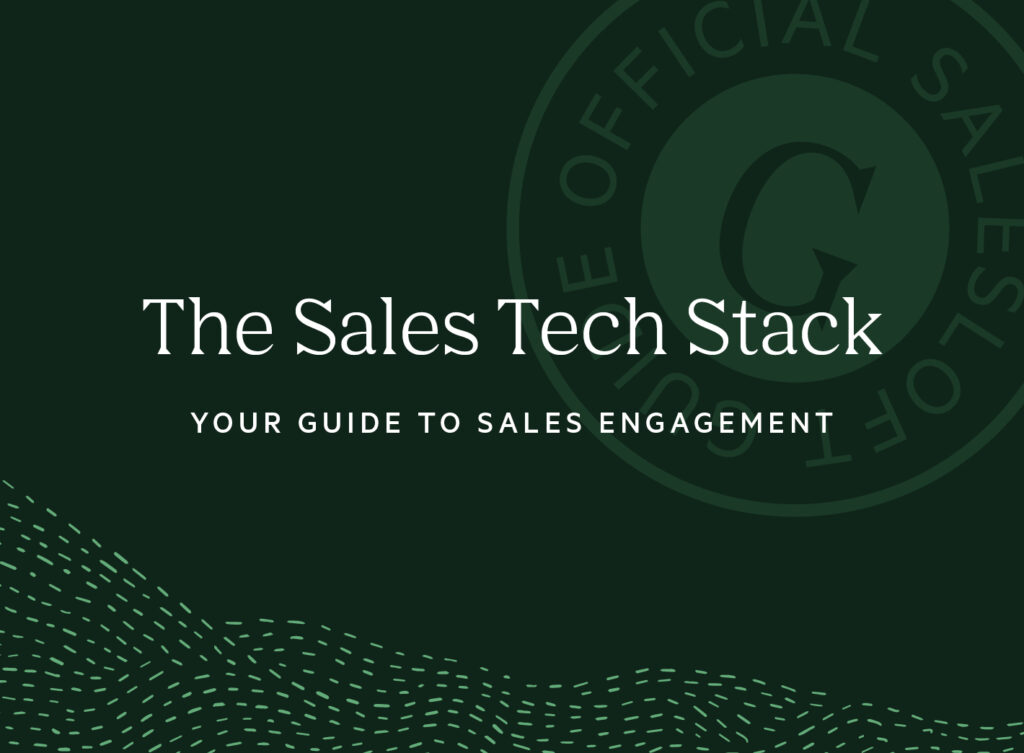Ahhhh, sales objections. The bane of salespeople’s existence. Red flags, hurdles, deal crushers — whatever you like to call them, they often surface at the worst possible time.
If reps aren’t careful, “harmless” questions can knock a deal back a couple of stages or, even worse, derail it altogether.
For sales teams, there’s simply nothing worse than progressing a deal through the pipeline only to have a no-go objection come up at the 11th hour. In this scenario, the seller usually makes one of two choices:
- Move the deal back to an earlier stage where the objection should have been addressed, which involves re-engaging other stakeholders to resolve it.
- Combat the objection head-on and press the deal forward.
While some objections can’t be anticipated, most have already come up in a sales pursuit. Someone on your team has already handled this objection. You just need a process for capturing the objections, crafting bullet-proof responses, and sharing across the team.
If that sounds easier said than done, maybe you should see Salesloft in action.
Tips to Skillfully Handle Sales Objections
Objections don’t have to be your sales team’s kryptonite. We’ll share how it’s not only possible to combat objections during one-off sales conversations, but scale the objection-handling process so all team members respond with the same voice and carefully articulated talking points.
1. Identify the Most Common Objections at Each Stage
Most sales organizations have already developed some kind of objection list. However, the list is only useful when you keep it current. As the market evolves, the company grows, and the competition increases, new objections will arise. Sales teams also need to categorize objections based on when they’re most likely to come up during the sales process.
For example, an objection about building the solution in-house or doing nothing would typically occur in the early stages of the process, whereas budget objections or lack of executive buy-in would likely occur during later stage conversations. Sales leaders, along with the sales enablement team, should address objections during weekly sales team meetings and during quarterly and annual sales kickoffs to ensure that the list is always up-to-date.
2. Articulate and Capture Responses that Work
Once you’ve collected your objections list, if you’re struggling to formulate the right response, your marketing team can help. As content producers and keepers of the brand, marketers are in tune with company messaging and can supply case studies, use cases, and solution anecdotes. However, with objections that are more deal-focused, your sales leader or executive team should help with the response.
Fine-tuning how to respond to objections is a critical part of the process, and using a sales engagement platform with call recording will help you more efficiently test your messaging to ensure it elicits the appropriate response or action item.
Using conversation intelligence, sales managers can listen to calls and identify the most common objections and how the team is currently handling them. If you’re reviewing calls and seeing that deals aren’t progressing forward where specific objection-handling messages are used, it’s time to revisit and rethink the message.
3. Onboard and Train Reps With Call Sharing and Coaching Playlists
When faced with an objection, it’s easy for reps to tense up or freeze, which can dampen the mood and momentum of any call. So, it’s important to share proven examples of how to successfully address buyer concerns.
To do this, many sales teams rely on templates created in Word Docs or Google Spreadsheets, but those methods are clunky and difficult to navigate during a sales meeting. It is much more effective when managers can coach in real time or use a prep call to easily share clips of the most effective objection handling conversations your teams is having.
Conversation Intelligence also helps you continually capture prospect feedback on your messaging, providing the insight you need to coach for success and optimize performance. Both new and seasoned sellers can access the latest proven talk tracks and develop better objection handling skills for themselves. Using Conversation Intelligence throughout each stage of the sales process, reps can also capture their responses for managers to coach them later, iterating on what worked or what didn’t.
4. Help Sellers Develop Objection-Handling Skills
The best tools in the world aren’t much help to an individual who struggles to understand the root of the objection.
We asked Jim Brown, sales expert and host of the popular sales and entrepreneur-focused podcast, SalesTuners, his opinion about developing skills to properly address objections during the sales process.
Two things came to mind for Jim. First, he explained, is when the objections actually come up, and second is the context around the objection itself. Jim noted, “It’s my belief that you’re not even in a sales process until you’ve heard ‘no’ for the first time!”
Many sellers think that all objections (budget, timeline, decision, etc.) come at the end of a cycle when the deal is about ready to close. However, the reality is that prospects know every objection they’re going to share from the very first conversation, and reps are often just too afraid to ask what they are. But instead of fearing objections, reps should seek to understand them as soon as possible.
When a prospect does bring up an objection, do not immediately respond with a rebuttal. Ask another question to understand exactly what is being said (read: context). More often than not, your prospect will provide additional context about why they’re having issues, which will ultimately help you uncover what really matters so you can respond in the best way possible. — Jim Brown, Sales Expert & Host of SalesTuners podcast
There’s no doubt about it — objection handling is one of the hardest parts of sales, taking most sellers far outside their comfort zone. But arm your sales team with the right tools and the proper skills and they’ll excel where most fall short: handling those tough questions with ease and confidence.
Find out how your sales tech stack can make help sellers and their managers be better prepared to handle objections. Check out The Sales Tech Stack: Your Guide to Sales Engagement.



